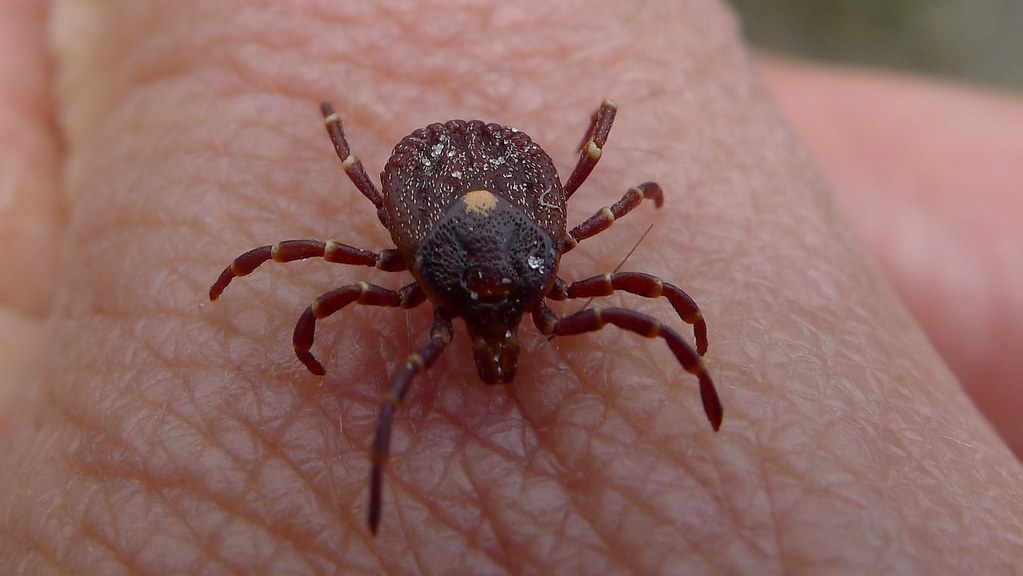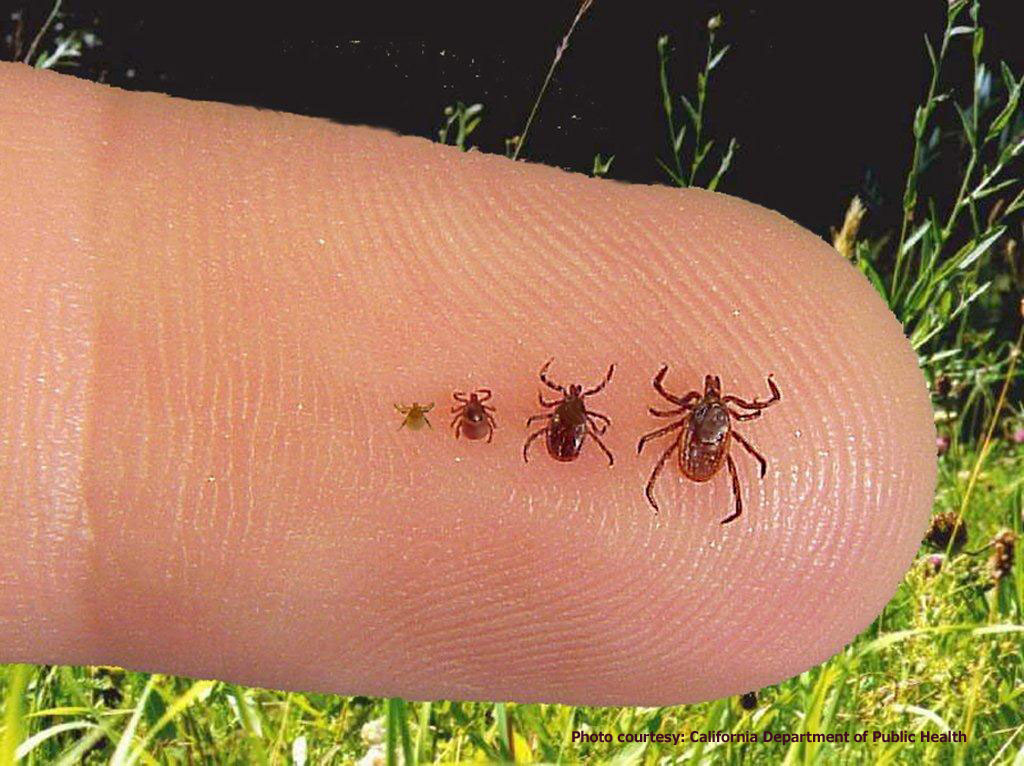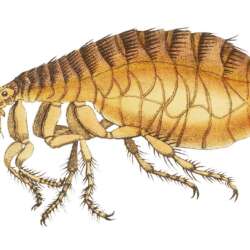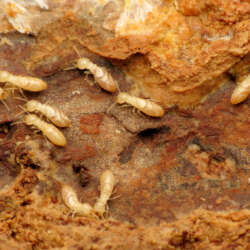Tick extermination and control in Northeast Ohio
There are nearly 900 species of ticks in the world. Ohio is home to three kinds of ticks. Only a select number bite and spread disease to people in the United States, the Lonestar ticks, American dog ticks, and the Blacklegged tick, (formerly known as the Deer tick) are found in Northeast Ohio. Ticks belong to two major families, the Ixodidae or hard ticks, and the Argasidae, or soft ticks. Ticks are in the arachnids category of pests. The three species found here are all hard ticks. Ticks are blood-feeding parasites. They can dramatically impact the quality of life of you and your pets. Knowing where to find ticks and the signs of a tick bite is crucial to keep your family and pets safe from tick-spread diseases.
Ticks found in Ohio
- Lonestar ticks
- American dog ticks
- Blacklegged tick, (formerly known as the Deer tick)


Diseases that ticks spread
- Lyme disease
- anaplasmosis
- babesiosis
- Powassan virus disease
Why are ticks dangerous?
Ticks in our region can bite pets and humans. They are medically important because they are vectors for disease. Reported diseases spread by ticks in Ohio have continued to increase over the last decade. Most tick bites are painless and only cause minor symptoms such as skin color change, minor swelling, and soreness in the bite area. Some bites can take anywhere from a few days, to hours, to even a few minutes for disease to be transmitted.
Where do ticks come from?
Ticks are outdoor pests. Ticks are often picked up from overgrown vegetation such as fields, tall grass, weeds, and wooded areas. Emedicinehealth.com states that “Studies have investigated whether specific human behaviors increase the risk of tick exposure. These have shown that sitting on a log carried the greatest risk of picking up a tick. If you sit on a log for only five minutes, you have a 30% chance of getting a tick on you.”
Tick bite prevention
- Know where to find ticks, such as tall grassy areas and wooded areas
- Use repellents that are labeled for skin and clothing application
- Tuck your pants into your socks and your shirt into your pants
- Check yourself, family, and pets and remove ticks as soon as found
- Ask your veterinarian about vaccinations for tick-borne illnesses for your pets
What to do about ticks
There is hope! If you find a tick or remove a tick yourself or from a pet you can store the tick alive in a jar or bottle with a lid and mail it to Ohio State University for identification and testing. Tick testing contributes to research and they do NOT want any information in return. It is vital to work with a pest management professional like SMART Exterminators LLC if you suspect you have ticks on your property.





